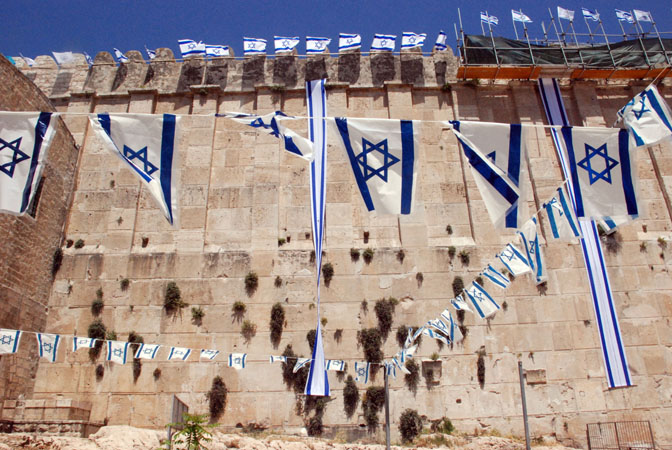I went on a tour of Hebron with J Street, a non profit liberal advocacy group whose aim is to promote American leadership to peacefully end the Israeli-Palestinian conflict. Our tour guide was from the Israeli NGO Breaking the Silence, composed mostly of former soldiers dedicated to showing abuses committed by Israeli soldiers guarding the Hebron settlers. I was down with the free tour, but was surprised that by the end of the day I definitely didn’t agree with everything that the organization was saying. During the tour, we visited the grave of Baruch Goldstein, Shuhada street, the Cave of the Patriachs, and Tel Rumeida neighborhood.
The city is an important locale in the Israeli-Palestinian conflict and has been the site of numerous acts of violence from both sides. Hebron is home to 160,000 Palestinians and 500-800 Israeli settlers who live in close proximity to the city boundary and require a constant Israeli military presence. The city is divided into two sections, H1, which is under Palestinian control (shown in the 3rd, 5th, 9th and 11th images) and H2, which is under Israeli control. The Palestinian populations’ movements are heavily restricted and they are barred from using the city’s principle thoroughfare, Shuhada Street (shown in the 1st, 2nd and 4th images), which Israel argues is due to threat of terrorist attacks.










